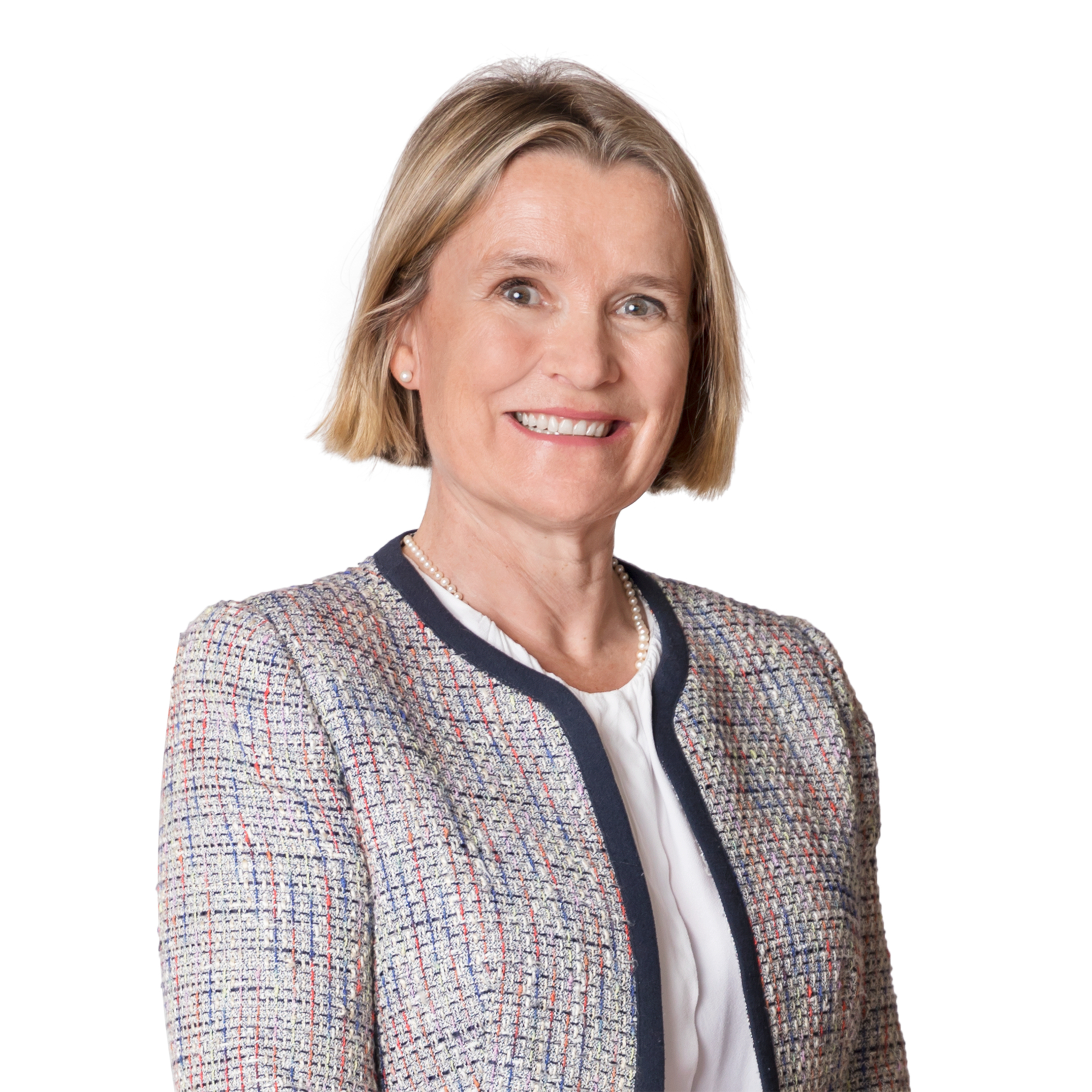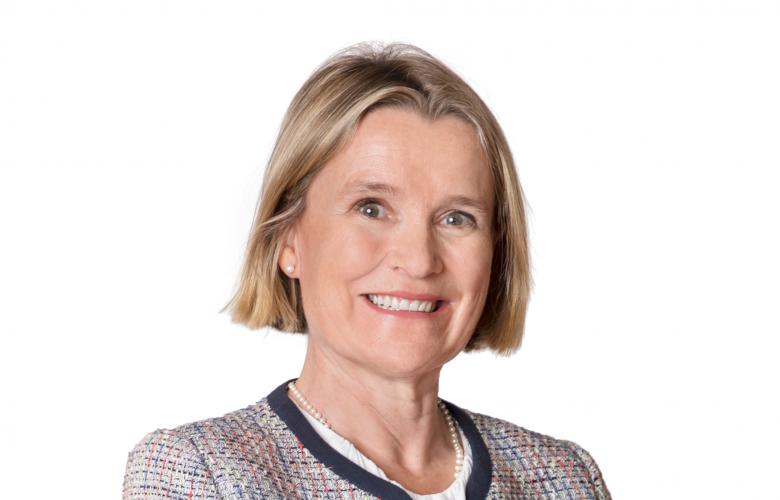Demand has proved resilient with 4Q23 as evidence of a weakening rental growth outlook in some precincts - JLL
Contact
Demand has proved resilient with 4Q23 as evidence of a weakening rental growth outlook in some precincts - JLL
Industrial demand remains resilient in 4Q23 and rents kick by 3.9% q-q. JLL Research has recorded robust industrial and logistics take up nationally in 4Q23. By JLL’s Head of Industrial & Logistics - (Australia) Peter Blade and JLL’s Head of Strategic Research - (Australia) Annabel McFarlane.
Gross State Product (GSP) weighted prime net face rents increased by 3.9% quarter-on-quarter nationally over 4Q23, substantially above average quarterly growth, but down on growth recorded in the first three quarters of the year.
This brings calendar year 2023 to 18.1% y-y which is the second strongest year for net face rental growth since JLL started tracking the series in 1989, eclipsed only by 23.0% y-y growth recorded in 2022.
Demand has proved resilient with 4Q23 gross take up picking up in the last quarter, to 618,000 sqm. Though the volume of activity is subdued in comparison to the heady levels of activity recorded in recent years, national take up in 2023 totaled 2.51 million sqm, which is in line with the annual 15-year average but below the elevated levels of demand recorded over the last 5 years which have averaged 1.3 million per annum.
Take up is substantially weighted to the Eastern Seaboard markets with activity in Melbourne (239,100 sqm), Sydney (156,200 sqm) and Brisbane (123,760 sqm) accounting for 84% of the national total for the quarter.
Quarterly gross take up by market 2012 to 2023
The strongest net face rental growth for the quarter has been achieved in land constrained inner-city precincts in Sydney and Melbourne, however, evidence of a weakening rental growth is emerging elsewhere.
Melbourne Highlights
Melbourne City Fringe
- Prime: $175 per sqm, +16,7% q-q, +18.8% y-y
- Secondary: $200 per sqm. 11.1% q-q, 11.1% y-y
Prime and Secondary face rental growth was also strong for the quarter in Melbourne’s West 2.0% q-q and 3.3% q-q and in Melbourne’s South East, 3.3% q-q and 3.7% q-q respectively.
Melbourne’s North Prime grade assets recorded modest rental growth of 1.3% and Secondary assets rental growth stalled.
Sydney Highlights
South Sydney
- Prime: $375 per sqm +9.0% q-q, +37.4% y-y.
- Secondary: $347 per sqm +8.9% q-q, +38.8% y-y
Prime and Secondary face rental growth was strong ranging from 1.5% to 3.2% for Prime grade assets in Sydney’s Inner West, Outer North West and Outer South West precincts and 1.5% to 1.7% for secondary grade assets in Sydney’s Outer North West and Outer South West Precincts.
Sydney’s Outer Central West market illustrated a divergence between prime rents which recorded a modest 1.1% q-q increase and secondary rents which fell by -1.3% q-q.
Other market highlights
Solid net face rental growth ranging from 1.7% to 2.7% q-q was recorded across Brisbane markets. Perth industrial rents stalled for a second quarter across all precincts. Adelaide precincts recorded weaker results for Prime grade assets than Secondary grade assets over the quarter.

JLL’s Head of Industrial & Logistics - (Australia) Peter Blade said, “As landlords and developers embrace the evolving rental growth cycle, the long WALE (weighted average lease expiry) lease to a good covenant is returning as the preferred option. Review provisions for 3.75% or 4% annual reviews or CPI are becoming common and increased incentives are required to secure a preferred tenant as availabilities and competition increases.
“Enquiry levels are robust as businesses that paused decision making in the second half of 2023 return to the market in 2024 with confidence that inflation is likely tamed, cash rate has peaked, and that Australia’s economic environment is benign.
“Growing risk of supply chain disruption in 2024 as evidenced by disruption along the Red Sea shipping routes and industrial action domestically, is causing delivery delays and price increases of freight and is likely to slow business activity from logistics companies over the short-term. However, this may also pause sub-lease space being introduced to the market as wholesalers and retailers reposition to hold higher inventory in the face of growing instability in goods delivery,” said Mr Blade.

JLL’s Head of Strategic Research - (Australia) Annabel McFarlane said, “We are at an important turning point in the cycle. Though we are projecting strong net face rental growth in 2024 for key markets, the performance of markets will be less uniform. Most markets are still navigating a substantial supply deficit, where availabilities are low and new stock is slow to come to market. This is very clearly the case in South Sydney and Melbourne’s South East.
“With construction cost inputs and financing costs elevated, development feasibilities will remain challenged particularly for those groups that secured land recently at high prices and this will further curb construction activity.
“However, we are tracking significantly above average under construction activity in Melbourne’s North, Sydney’s Outer Central West, and Brisbane’s Northern precincts. In these areas, we anticipate developers increasingly look to secure tenants prior to commencing construction to mitigate future vacancy risk,” said Ms McFarlane.
Related Reading:
Two Perth industrial assets sold for $21.7 million - JLL | The Industrialist
Perth industrial portfolio provides strategic investment opportunity - JLL | The Industrialist
Below Image, L to R: JLL’s Head of Industrial & Logistics - (Australia) Peter Blade and JLL’s Head of Strategic Research - (Australia) Annabel McFarlane.










